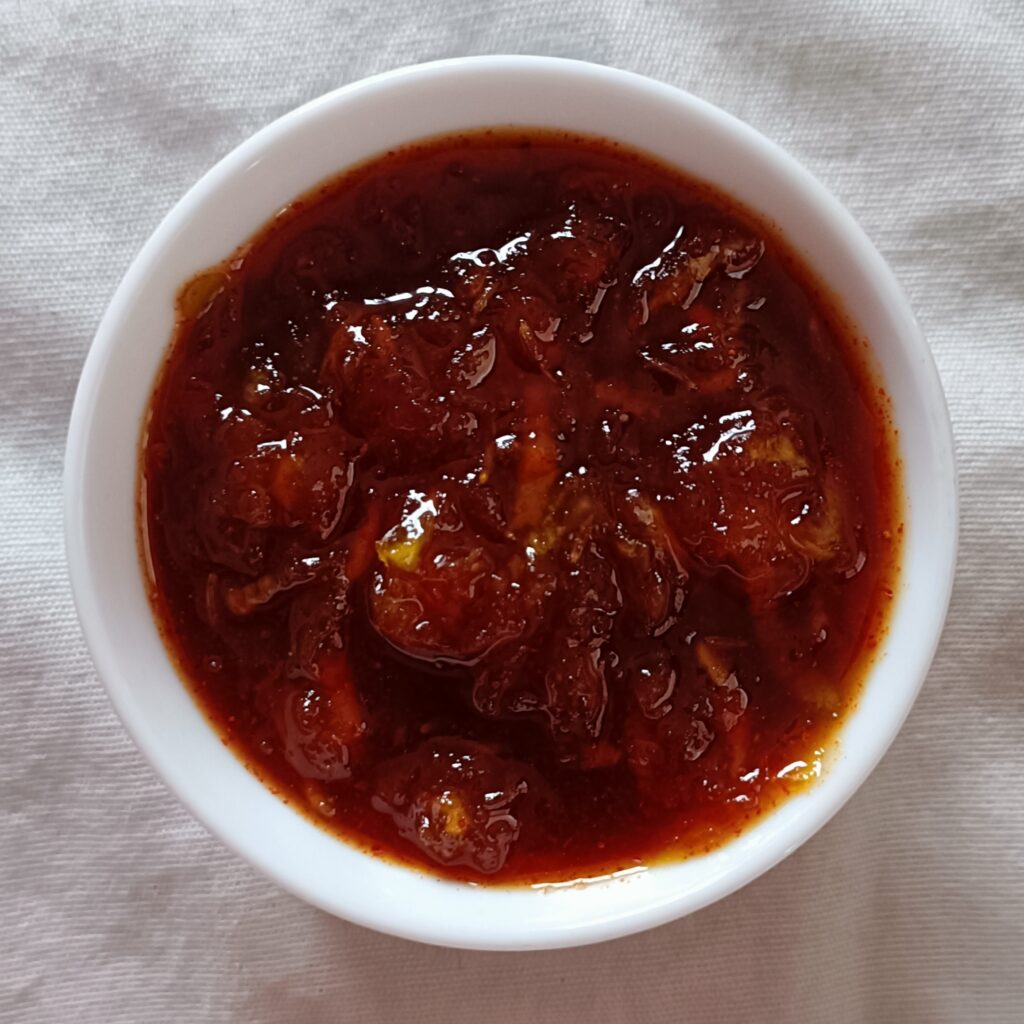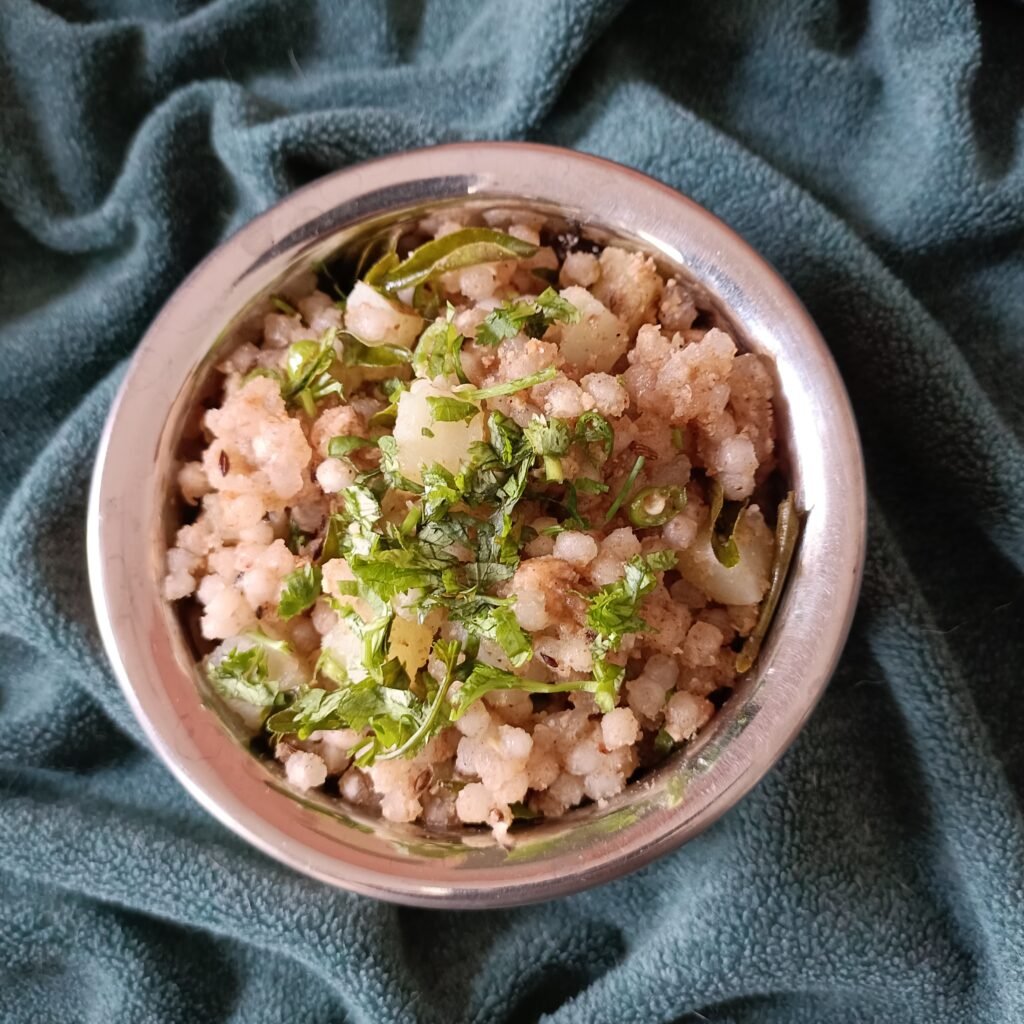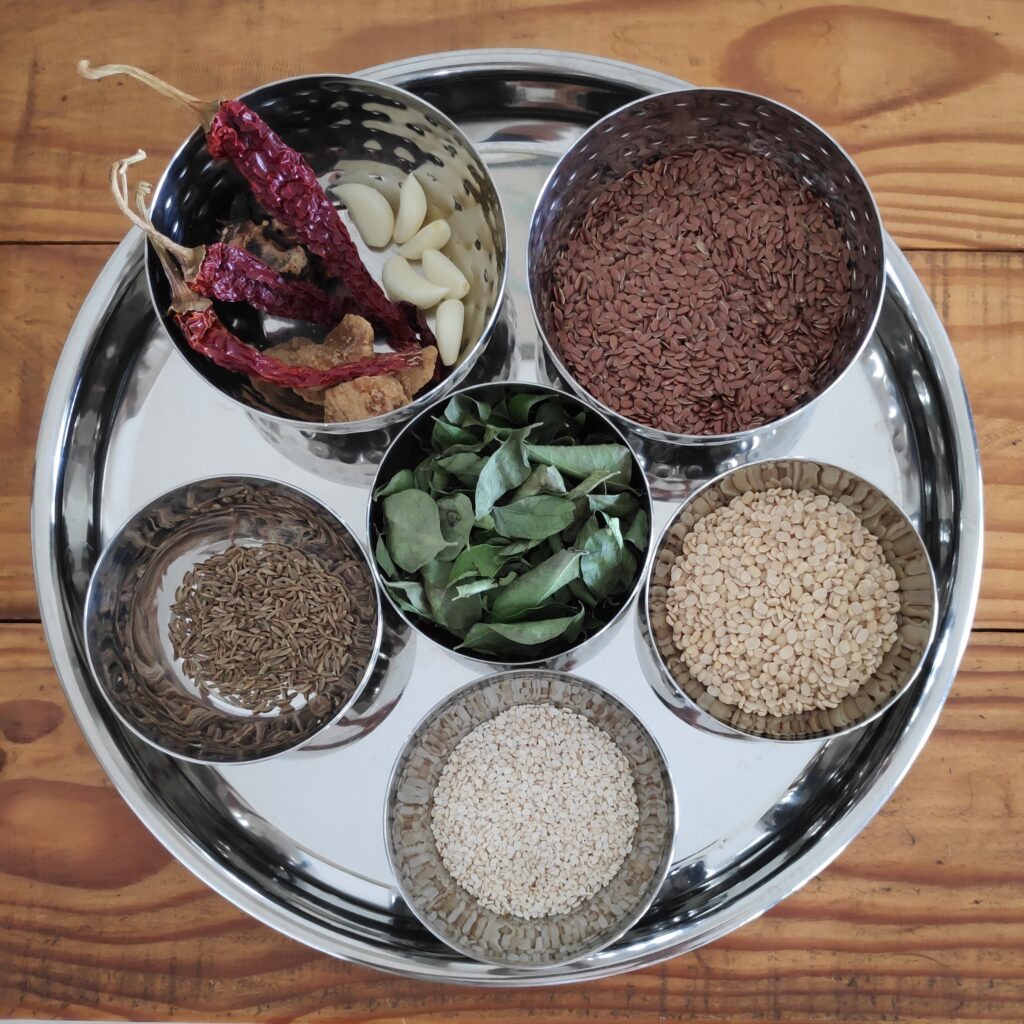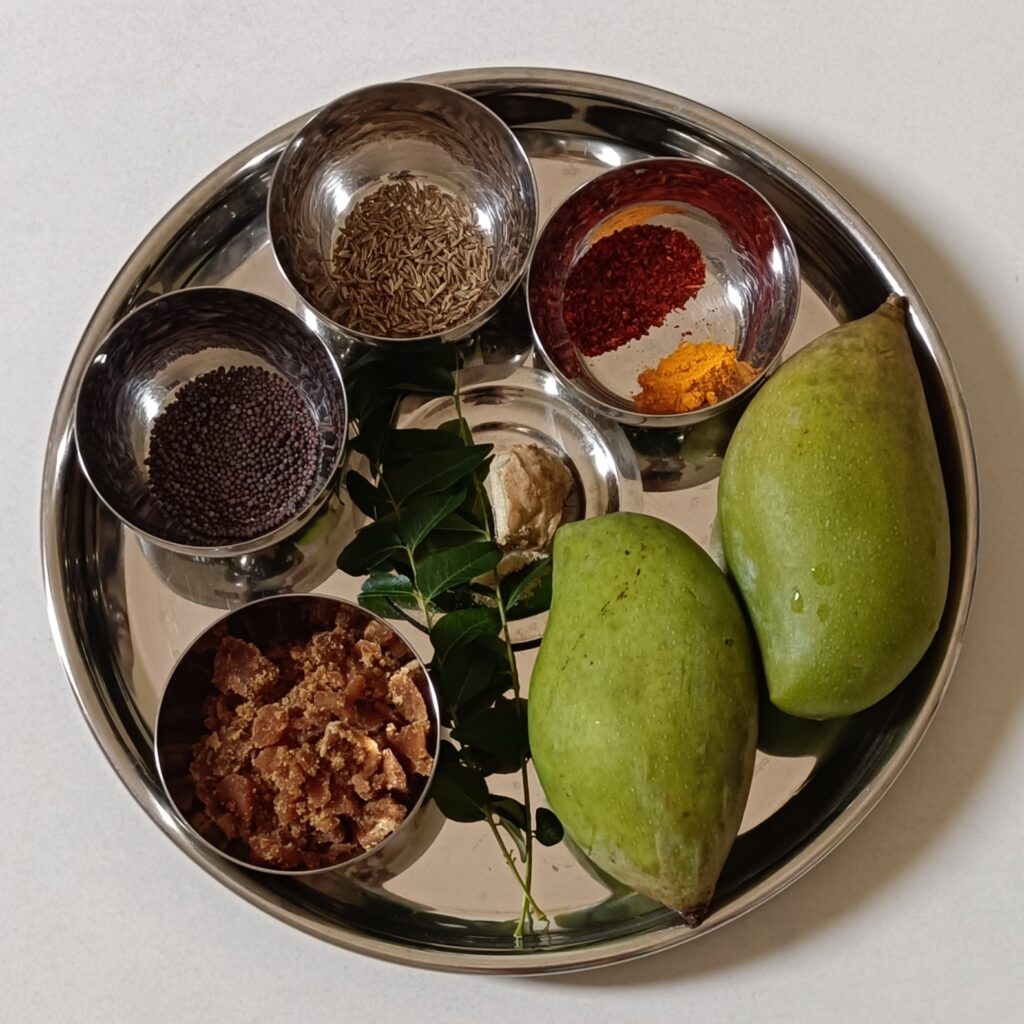
Mango Chunda with Jaggery
Raw mangoes, also known as green mangoes, are a good source of several essential nutrients. They are particularly rich in Vitamin C, Vitamin A, minerals like potassium, calcium, iron, magnesium, and zinc and smaller amounts of other vitamins and minerals. They also contain carbohydrates in the form of natural sugars and are rich in dietary fibre. Vitamin C is a powerful antioxidant that helps boost the immune system and protect against infections. Vitamin C and other antioxidants in raw mangoes can promote collagen synthesis and improve skin health. Raw mangoes are also a source of antioxidants like mangiferin, which may help protect cells from damage and reduce inflammation in the body. Raw mangoes also contain antioxidants like lutein and zeaxanthin, which are beneficial for eye health. Nutrients like potassium and mangiferin in raw mangoes may contribute to healthy blood pressure and heart function. The fibre in raw mangoes aids in digestion and helps prevent constipation. Raw mangoes are low in calories and fat and rich in fibre, making them a suitable addition to help maintain or reduce unnecessary weight. Almost all fruits, including raw mangoes, have an alkalizing effect and help reduce acidity.








